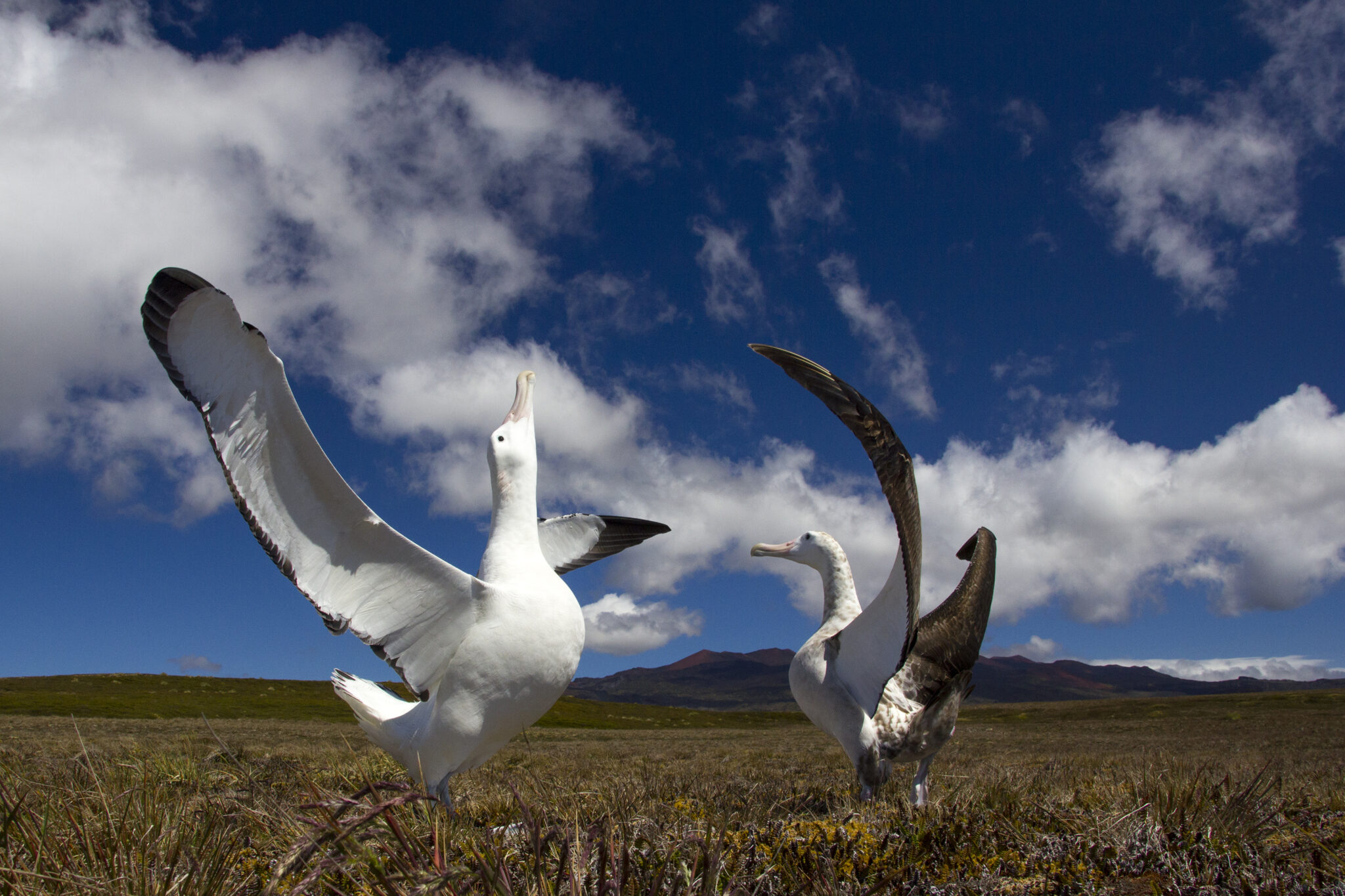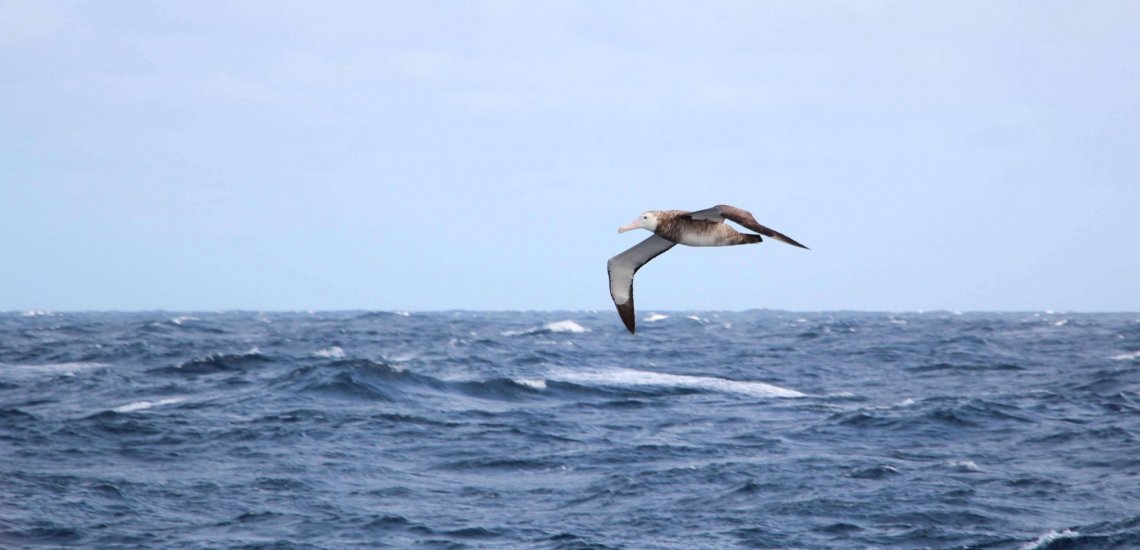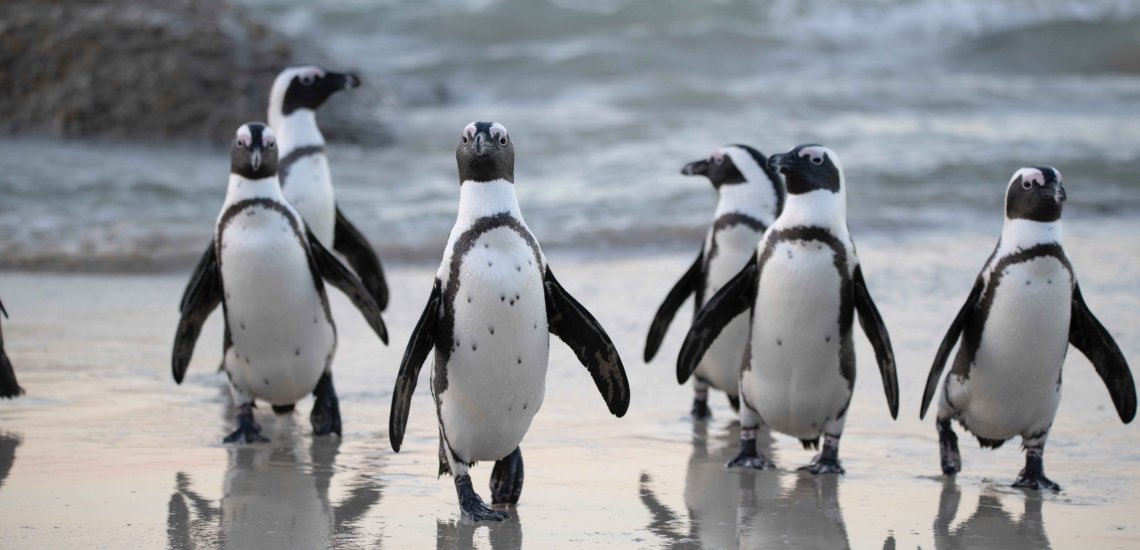Marion Island: Against the odds
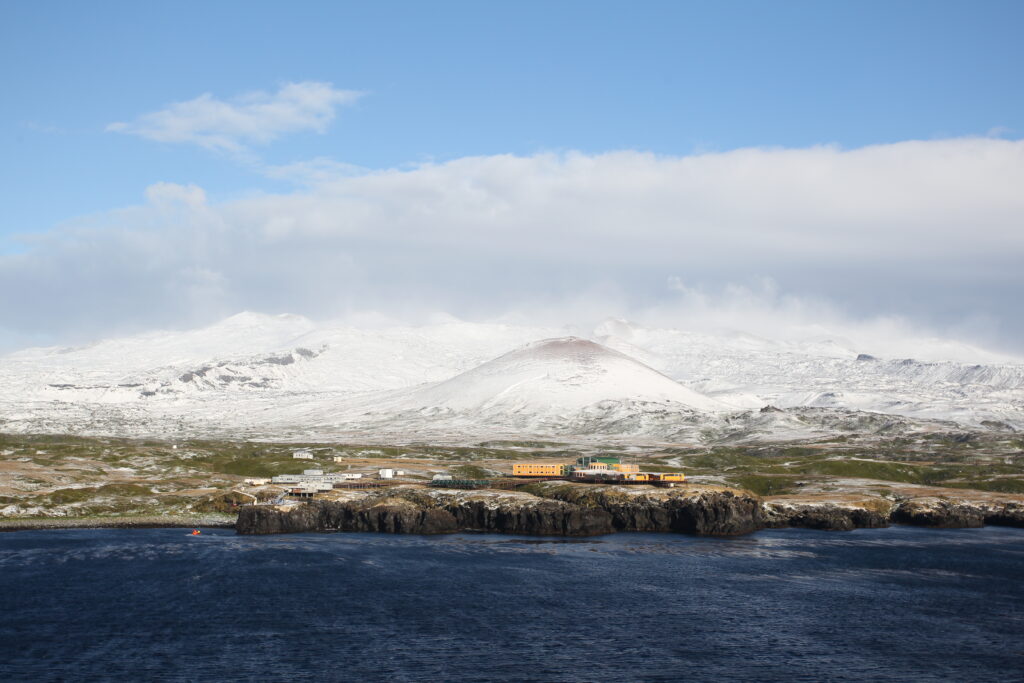
Far out to sea between South Africa and Antarctica, and ravaged almost incessantly by the ‘roaring forties’ winds, the bleakly beautiful oceanic outposts of Marion and Prince Edward Islands are home to a huge wealth of seabirds and marine mammals. But in this remote and hostile environment, it is a diminutive introduced predator that is necessitating major conservation action to restore the balance of nature.
Antarctica is one of the last great wildernesses on Earth, but most of the continent is a frozen desert. By comparison, the oceans surrounding Antarctica teem with life. The Southern Hemisphere contains much more ocean than the Northern Hemisphere, and nowhere is this more apparent than at mid-to-high latitudes. Between 40˚ South and 60˚ South, 98 per cent of the Southern Hemisphere is ocean, which makes its few islands particularly important for seabirds and seals that have to return to land to breed. These warm-blooded predators outcompete predatory fish in the world’s colder oceans, resulting in some of the greatest concentrations of wildlife on these lonely outposts of land.
There are only a handful of islands in the African sector of the Southern Ocean. Those closest to Africa are the sub- Antarctic Prince Edward Islands, 2,000 kilometres south-east of its southern tip. Antarctica lies 2,300 kilometres south, and the closest neighbours are in the Crozet Archipelago, 950 kilometres to the east. The Prince Edward group comprises two main islands 20 kilometres apart: the 300-square kilometre Marion Island and 65-square kilometre Prince Edward Island. Both are of recent volcanic origin, with small eruptions occasionally recorded on Marion Island.
The terrestrial biota is somewhat lacking in variety, having had to disperse across thousands of kilometres of ocean. There are only 15 native species of flowering plants, some of which were carried to the islands by birds (for example the plants Acaena magellanica and Uncinia compacta). By comparison, there are more than 200 ferns, mosses, liverworts and lichens – plants with lightweight spores that are readily blown by the wind. Azorella cushion plants and grasses are the tallest plants on the windswept coastal plains, and there are few vascular plants at all in the polar desert above 400 metres of elevation.
The diversity of terrestrial invertebrates is equally modest, with only 20 native species of insects, two spiders, 52 mites, 11 springtails and one snail. Interestingly, most insects are flightless, including both moths, all 10 beetles and several flies. These species lost the ability to fly after reaching the islands and are found nowhere else on Earth.
The caterpillars of the two flightless moths, which live for around five years, play a key role in recycling nutrients from dead vegetation. They are particularly common in the nests of Wandering Albatrosses, where they grow faster thanks to the warmer microclimate created by the albatrosses’ body heat.
Biodiversity Bonanza
Compared to the terrestrial wildlife, the abundance and diversity of seabirds is staggering. The islands are home to literally millions of seabirds from 29 species: four penguins, five albatrosses, two giant petrels, seven petrels, two prions, two diving-petrels, at least two storm-petrels, two terns and Brown Skua, Kelp Gull and Crozet Shag. Several other non-breeding seabirds also occur offshore. Three species of seal also breed on the islands: Southern Elephant Seal and two species of fur seal. The islands’ waters attract a diversity of cetaceans, including several pods of Orcas, and Pygmy Blue Whales are regular visitors.
Although the islands were first sighted in 1663, the first landing was only around 1800, when sealers went ashore to exploit the islands’ large populations of seals and penguins. Small teams of men were left ashore for months or even years at time, living off the land while collecting fur seal skins and barrels of oil rendered from seal and penguin carcasses. By the time sealing ended in 1930, seal populations were greatly reduced. There were only a few Subantarctic Fur Seals on Marion Island in the 1950s, but their numbers have since recovered to more than 100,000 individuals, and some 6,000 Antarctic Fur Seals also breed on the island.
By comparison, numbers of Southern Elephant Seals continued to decrease throughout the 20th century. The number of pups born each year on Marion Island fell from more than 3,000 in the 1950s to barely 300 in the 1990s. The last two decades have seen a recovery to 800 pups per year.
When it comes to spectacle, it’s hard to beat penguin colonies, and some 800,000 pairs breed on the islands. King and Macaroni Penguins nest in large, dense, noisy colonies. Both are confined to sites where there are gently sloping landing beaches, but once ashore, Macaronis are more agile, sometimes scrambling a few hundred metres up the coastal cliffs. Trampling and manuring are so intense that colonies of both species are devoid of vegetation. Rockhoppers are able to come ashore at more exposed sites, and are dispersed around much of the coastline.
All three species feed offshore on prey out in the open ocean. By comparison, the small resident population of Gentoo Penguins feeds inshore on fish and crustaceans near the sea bed – a niche they share with the localised Crozet Shag.
Albatross Central
Almost half of the world’s Wandering Albatrosses breed on the islands, in loose colonies on level coastal plains. Their numbers have increased since the 1980s, and are now stable at around 1,800 pairs on each island. The other four albatross species all breed on cliffs and steep slopes: some 11,000 pairs of Grey-headed Albatross, 7,500 pairs of Indian Yellow-nosed Albatross, 2,800 pairs of Sooty Albatross and 400 pairs of Light-mantled Albatross. Again, most populations appear to be stable, thanks to reduced ‘bycatch’ by fisheries, but chicks of all species are attacked by mice on Marion Island, adding impetus to the calls to eradicate these non-native rodents.
The most abundant birds on the islands are burrow-nesting petrels, which are seldom seen during the day. They come ashore mainly at night to avoid predation by Brown Skuas and giant petrels, using their acute sense of smell to locate their burrows. Numbers of burrowing petrels were greatly reduced by cats that roamed Marion Island from 1948 to 1991. The density of burrows on Marion Island is an order of magnitude less than on Prince Edward Island, where there are no introduced mammals, but Marion Island nonetheless still supports more than 300,000 pairs of petrels, dominated by Blue Petrels and Salvin’s Prions.
The eradication of cats led to some recovery in petrel numbers, but this has been slower than expected due to predation by mice. Fortunately, we now have the means to eradicate mice from Marion Island – a one-off intervention that will allow the island’s seabird populations to recover to their original glory.
All text and images by Peter Ryan

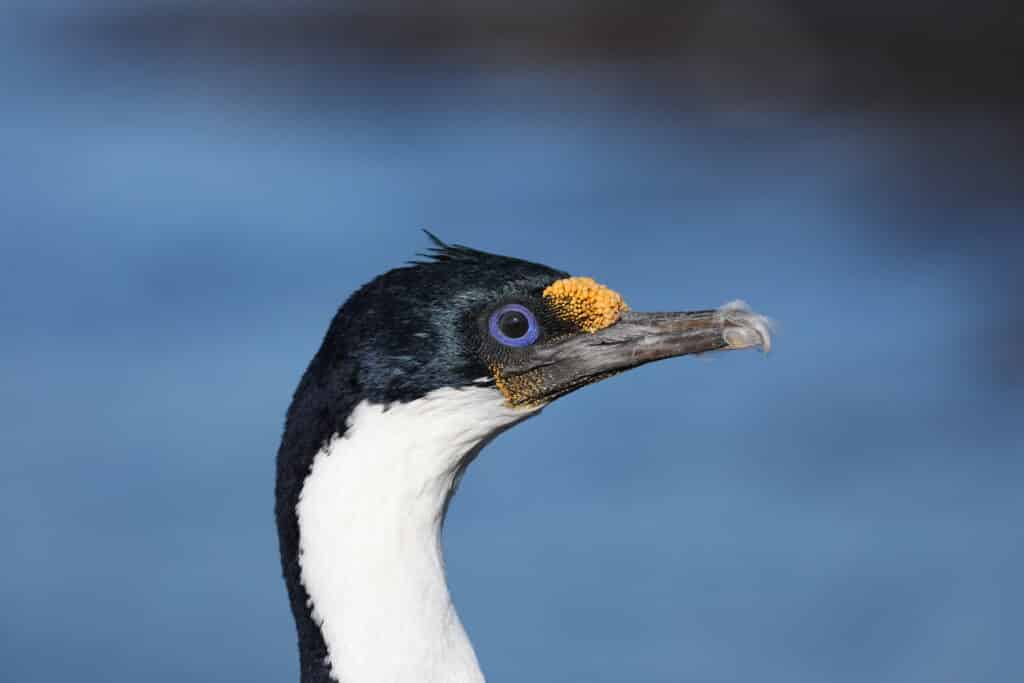
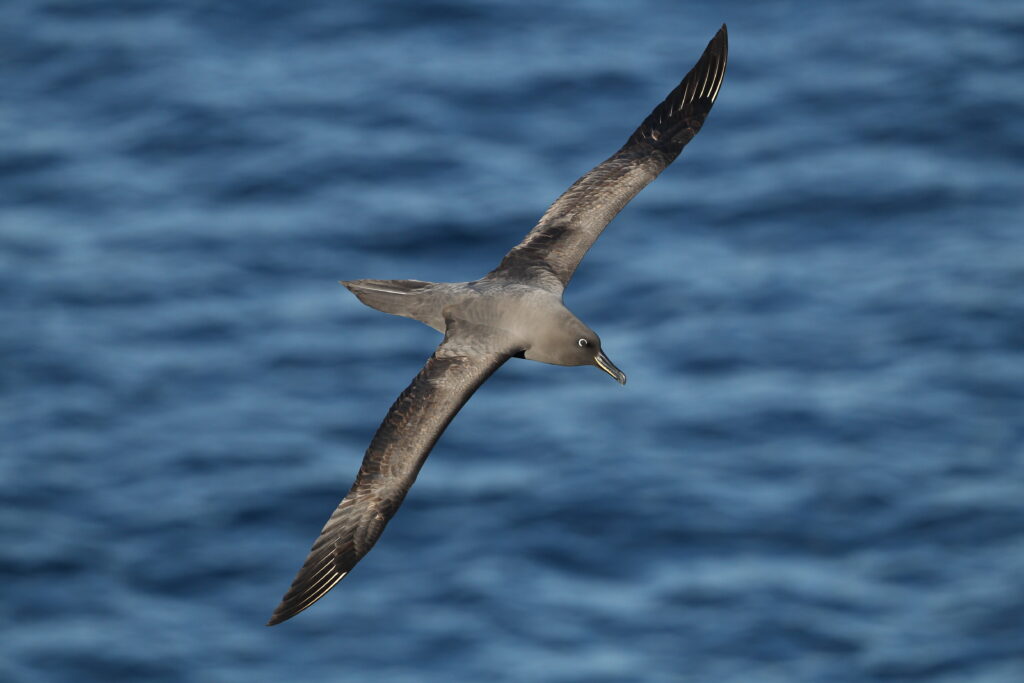
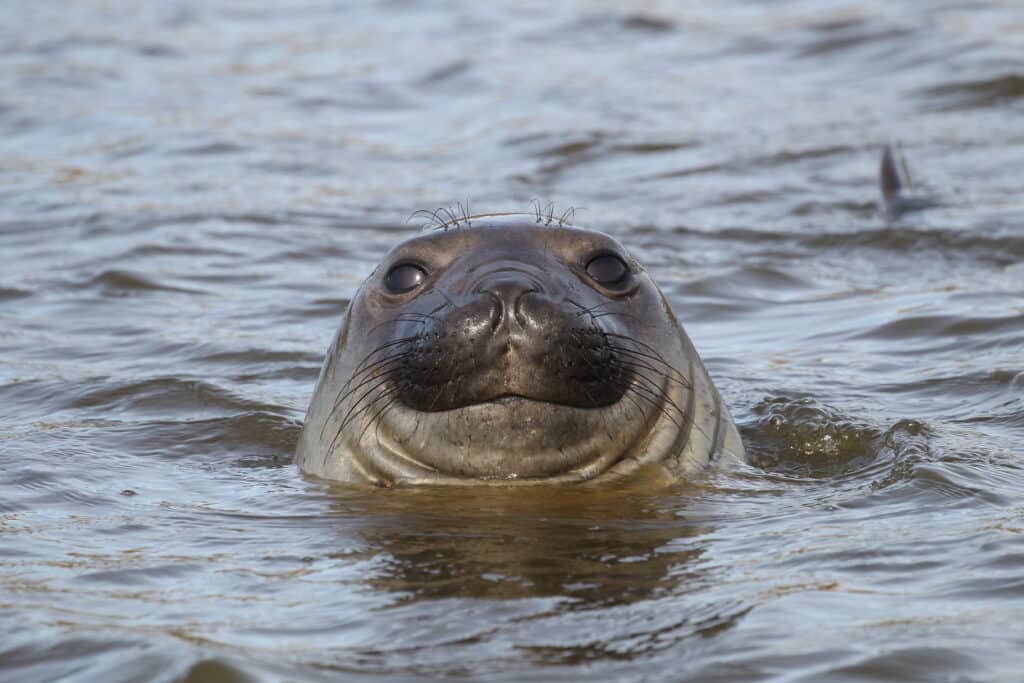
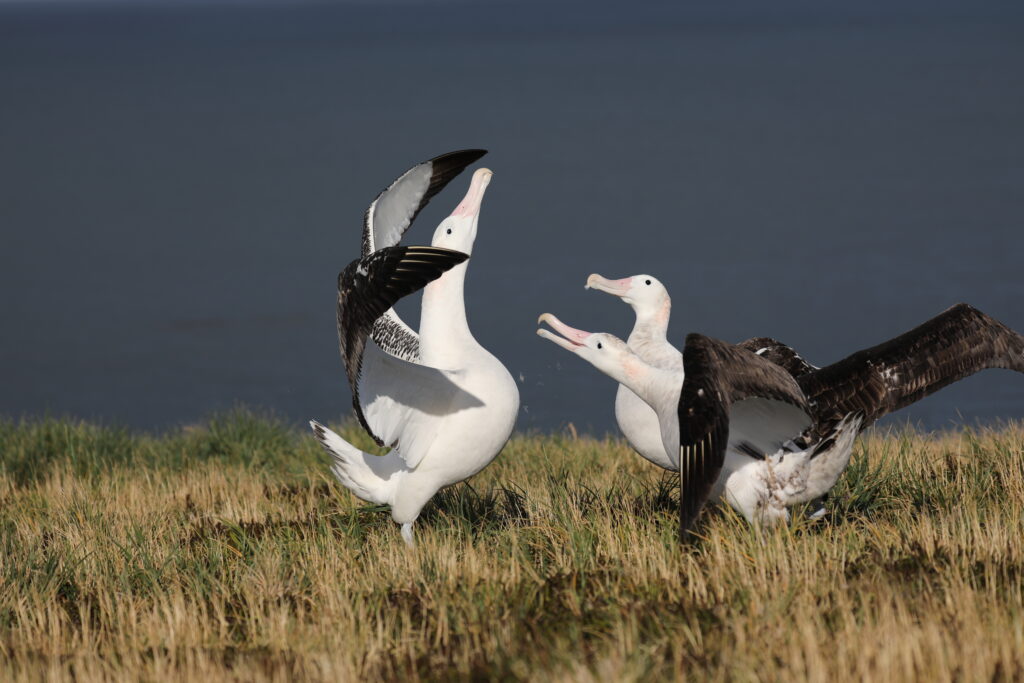
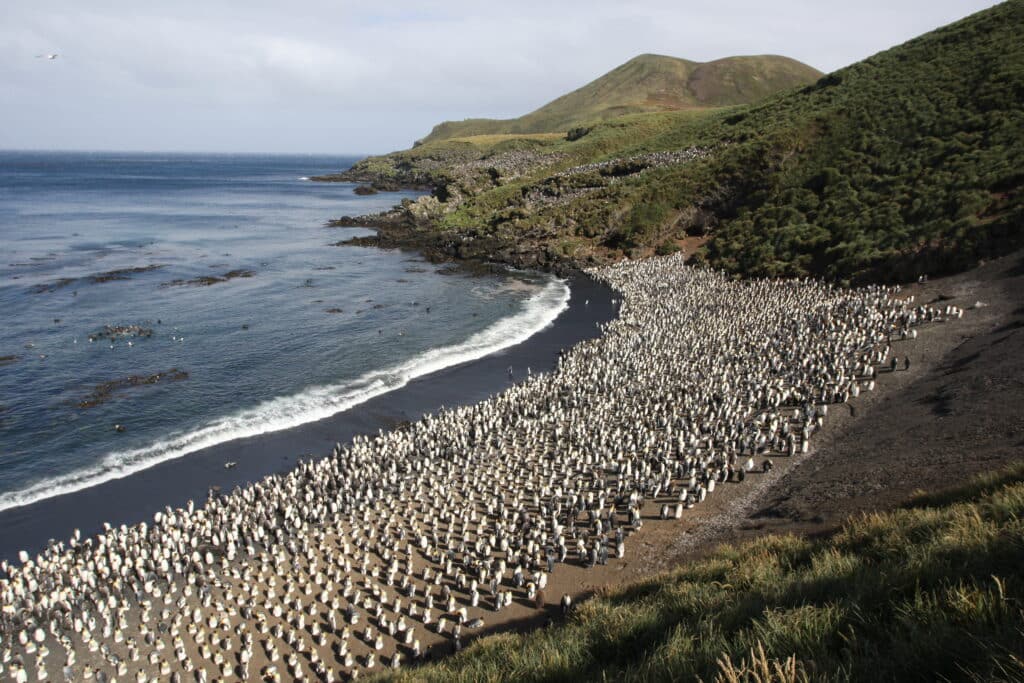
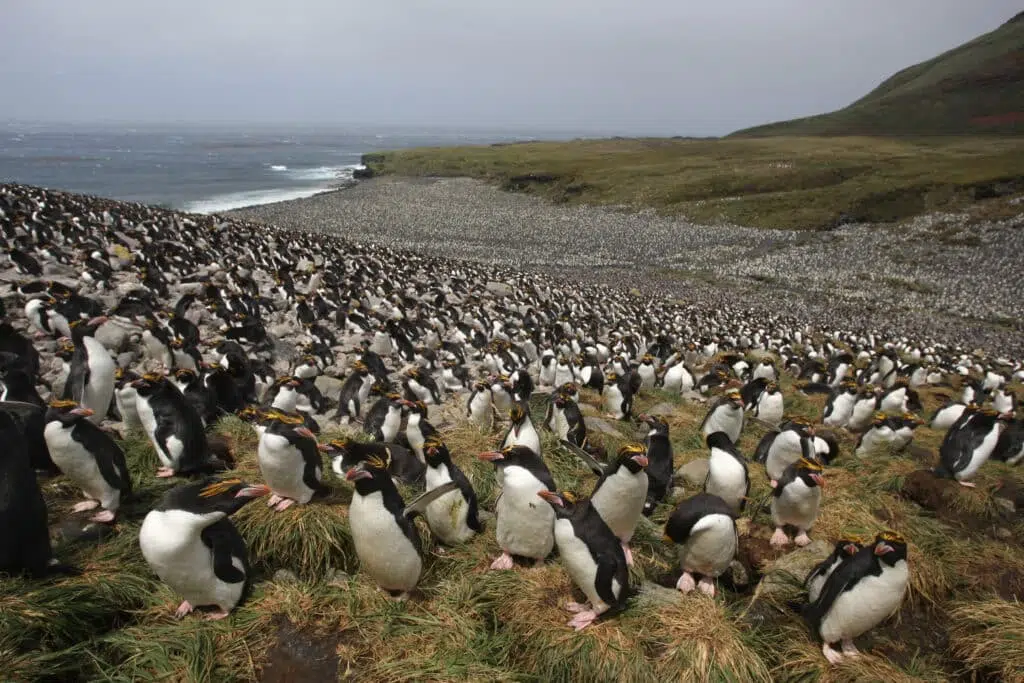
Sentinels of Ocean Health
Monitoring population trends of marine predators provides a valuable indicator of the health of the surrounding Southern Ocean. Over the last few decades, numbers of Macaroni and Rockhopper Penguins at Marion Island have decreased by 30 per cent and 70 per cent respectively, apparently due to oceanographic changes around the islands. Numbers of Subantarctic Fur Seals have also fallen sharply over the last 15 years or so, without any obvious direct cause. King Penguin numbers have remained fairly constant, but are also expected to fall as the climate crisis intensifies, as they mainly forage for their chicks at the Antarctic Polar Front, some 300 kilometres south of the islands. As this front is pushed south, King Penguins will have to travel increasingly far to provide for their chicks.
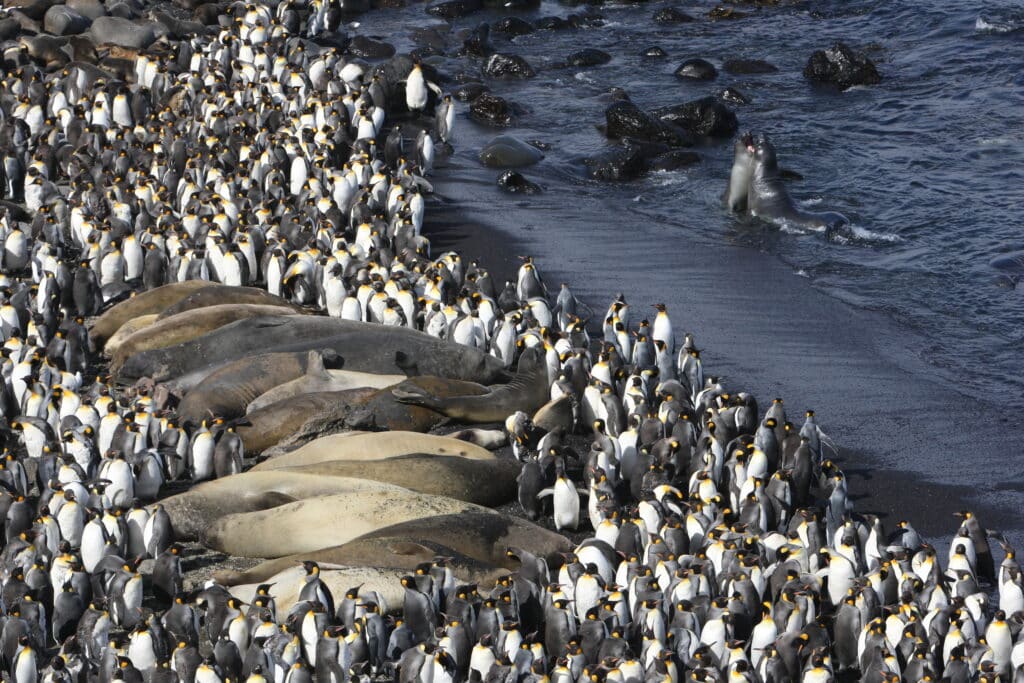
An Object Lesson in Biocontrol
When a weather station was established on Marion Island in 1948, House Mice introduced by sealers in the 1800s soon made themselves unwelcome guests. A few cats were sent to the island to control the mice. Unfortunately both males and females were introduced, and soon there were kittens. By the 1970s, some 2,000 feral cats were killing an estimated 450,000 seabirds each year, resulting in the local extinction of four species of storm- petrels and diving-petrels. Vertebrates’ diets are too catholic to make for effective biocontrol agents, so a programme to remove the cats started in 1977. The introduction of feline panleucopaenia virus halved the number of cats by 1979, and sustained hunting and trapping over the next decade saw cats finally eradicated by 1991.
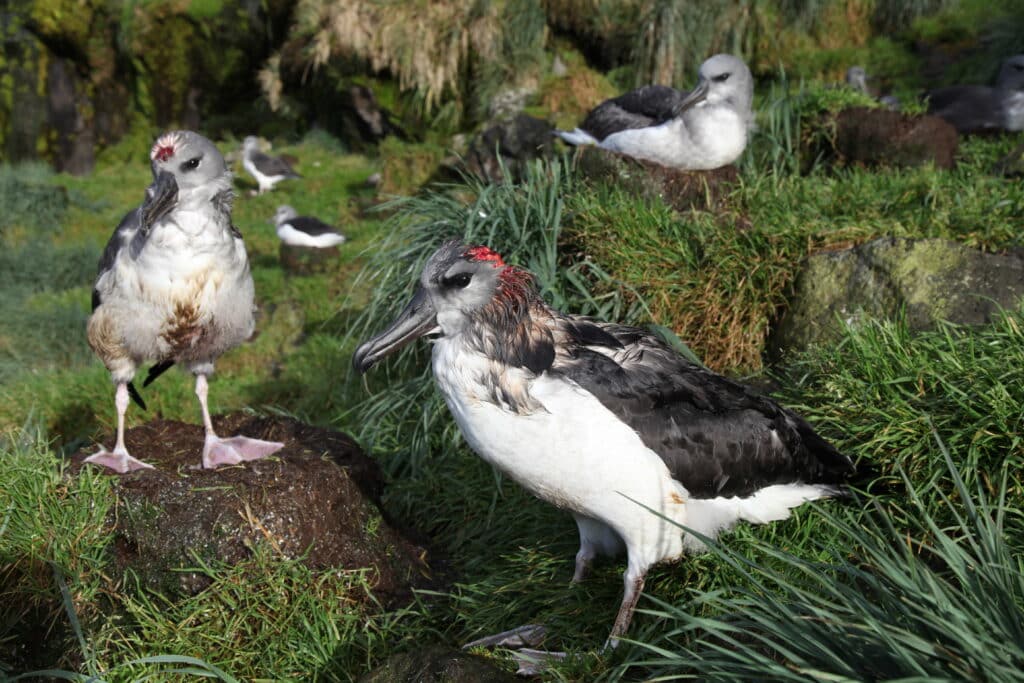
After the Cats…
The eradication of the cats from Marion Island should have seen the recovery of the island’s burrowing petrel populations. And indeed, both diving-petrels and Grey-backed Storm-petrel have returned to breed on the island. However, the recovery of burrow-nesting petrels has been slower than expected, with predation of eggs and chicks by House Mice. These rodents mainly attack seabirds when there are few other food options. Since the cats were eradicated, the progressively warmer and drier climate has allowed mouse numbers to build up to ever-higher peaks each summer, reducing the abundance of invertebrate prey and creating huge numbers of hungry mice in early winter, when food is scarce. The first attacks on Wandering Albatross chicks were recorded in 2003, and on Sooty Albatross chicks in 2009. However, attacks on albatross chicks increased dramatically in 2015, which was the driest year on record. Since then, large numbers of albatross chicks have been attacked each year, adding urgency to the need to eradicate mice from the island.
Marion Island is in trouble, as are almost quarter of a million Endangered seabirds that breed there. Introduced House Mice are attacking their chicks, with devastating impacts. Eradicating these non-native predators is the only option, but it is expensive. This is where we need your help. We are offering you the opportunity to sponsor one or more hectares of land on Marion Island. At R1000 (approximately US$70), you can help us achieve success in this ambitious and important project – the largest ever island from which mice will be successfully eradicated in a single operation. For more information go to mousefreemarion.org
